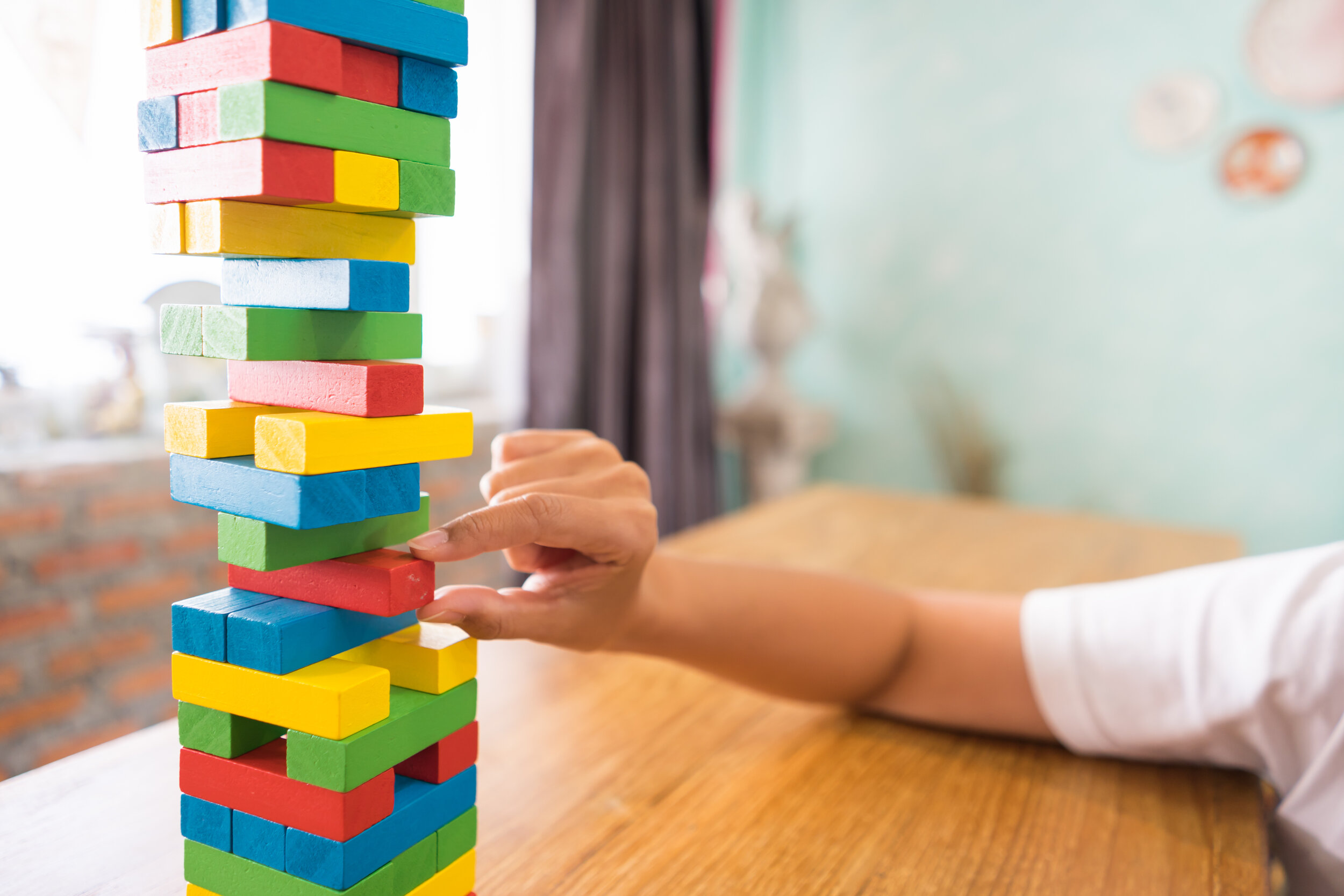Finding (And Fixing) Gaps This Summer
It’s rare, but some years adults are even more excited than children about summer vacation; this year is one of them. If you count yourself among the survivors of Education-Meets-Twister during COVID, give yourself a high-five. But, don’t check out just yet. If we’ve learned anything this past year, it’s that there is more than one way to get a great education and that, no matter what type of schooling you choose, parents play a key role.
Whether you are schooling from home or have enrolled your child in traditional school, here are five solid ways to find (and fix) education gaps while still enjoying your much-deserved summer break.
Find the Gaps
It’s hard to fix the problem if we first don’t know what needs fixing. Even if I think I know which subject areas need more work, I still give my kids standardized exams every spring. That’s right: give your child a test.
Disclaimer: I recognize that testing can be a sensitive subject within the homeschool community, and I give a meatier perspective on that in Did They Learn Enough? If needed, read that first. For now, let’s consider tests one tool among many for assessing and supporting our children’s learning needs.
If your district didn’t offer state exams due to COVID, you can still administer a state or national exam yourself. Seton Testing, Academic Excellence, and many other testing sites offer premier tests you can administer from home at flexible schedules and affordable prices. Each year I test all my kids with the California Achievement Test and/or the Stanford-10 to identify their peaks and gaps—all online. The tests can take as little as 2 hours total and results are immediate and provide a very clear picture of what my student knows and doesn’t know. It is simply a tool.
Every year, I encourage my kids to do their best but not to stress about the test results—that exams are just there to help me figure out what to teach next year. Ready to blow your mind? My kids love getting their results. Typically around March they start asking with almost-birthday-party-anticipation, “When are our exams?” Why? They’ve been working hard all year and they want to see their own growth.
Fix the Gaps
It is much easier to fix the gaps once we have identified them—which is why testing is so important. While a bubble test can not tell us the true value, creativity, interests, and giftings of a child, it can give us insight into the basics.
How we fix the gaps is just as unique as the child themselves. Some need a 1:1 tutor; others need to join a class of peers to sweeten an unpleasant school subject, or challenge them with positive peer pressure (to step out of a comfort zone.) Some need a great reading list to help them embrace history or to expose them to great writing (so they can imitate a stronger style). Others need a break entirely from all things school so they can intentionally discover a new passion that uses school-skills in a non-bookish way, such as design, robotics, an entrepreneurship class at the Chamber of Commerce, or a summer internship with a professional.
Knowing your child—his passions, needs, interests, and struggles—is the key to helping him.
Build It Better
Once we have found and fixed the gap, then what? How do we inspire our children to look beyond their own circumstance to something better—or worse—that will challenge them to think about a world beyond themselves?
Books. And not just any book on the shelf—great books.
I remember walking through our town library as a child, both fascinated and flustered by how many books there were; I desperately wanted to read something that would grab me at go and take me someplace amazing, but I had no idea how to find it. Sometimes even the adults I asked didn’t know where to send me in the stacks.
While it is a valuable experience to encourage our children to explore their local library (and, I do believe that meandering through the stacks can be its own worthwhile adventure) it is important for us to give our kids a road map. Providing excellent reading suggestions early on helps our children develop a palette for great books—much like exposing them to a variety of veggies beyond peas and corn helps them learn to digest something a little more advanced. That doesn’t mean “advanced” should be dry, bitter, or blah. In fact, anything but that.
For the past 15 years I have sought out great books for my children—librarian, curriculum companies, award winners, brilliant friends, fellow teachers, and mentor parents have all weighed in on resource suggestions. With time, those resources have solidified into a singular, ongoing list that has been life-giving to my own children and, I hope, will be to many others. Please access it here for free.
Whether resources are abridged, graphic novel, audiobook, or hardcover, our children deserve to hold greatness in their minds. And, by all means, let it be fun.
This Has Been A Hard Year
Let’s not make a problem worse. If there are gaps, let’s address rather than ignore them. Einstein is credited as saying that the definition of Insanity is doing the same thing over and over and expecting different results. If school didn’t work this year, make a change.
In fixing the gaps, let’s be creative. As nice as it might be to think “more school” is the answer to school not going well, sometimes that’s not the case. For some, a summer school class when there are not five other subjects to balance might be just the ticket; for others, that would be the final straw. In seeking out a change, make sure it is the change your child needs—not someone else’s kid.
Then, let’s build it better. With the right resources and road map, a “different” education year can still be great.

